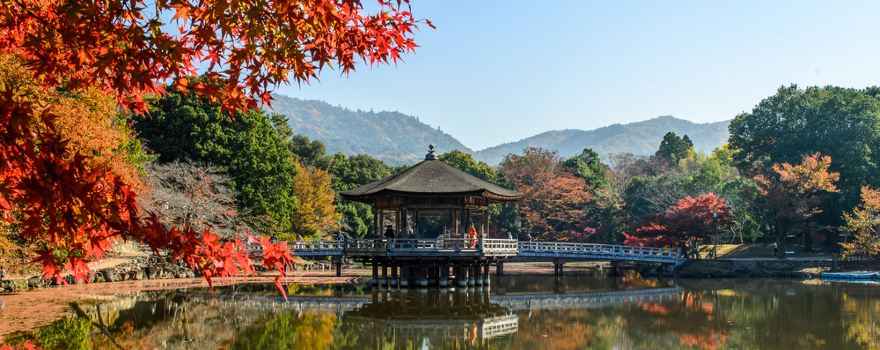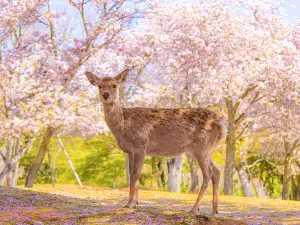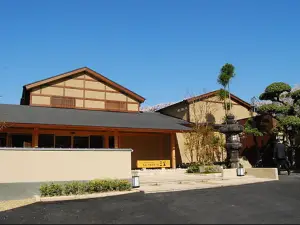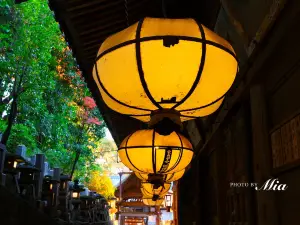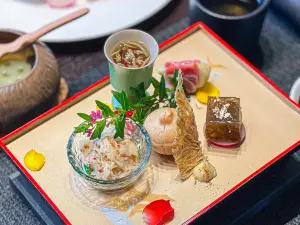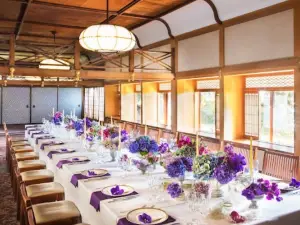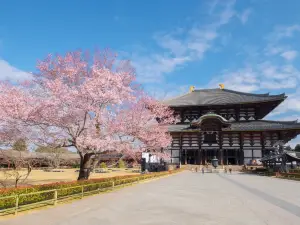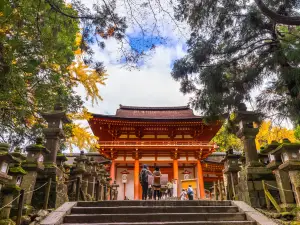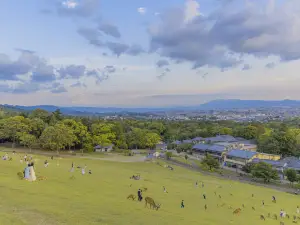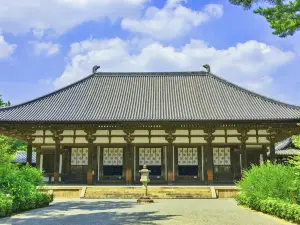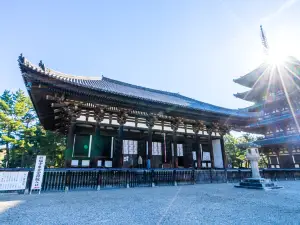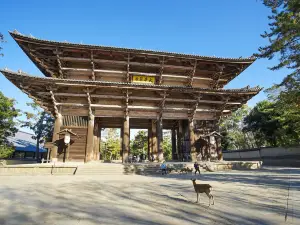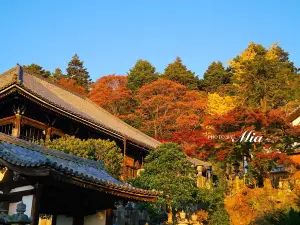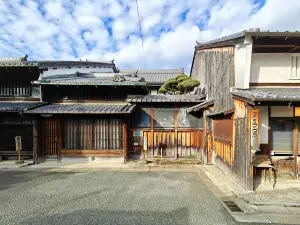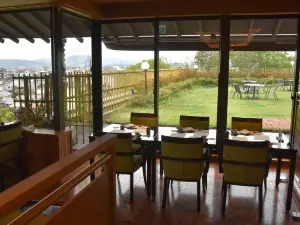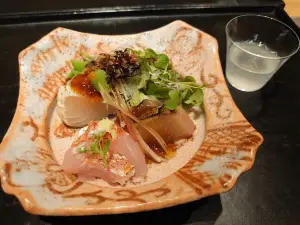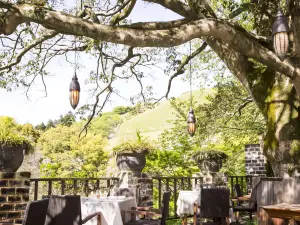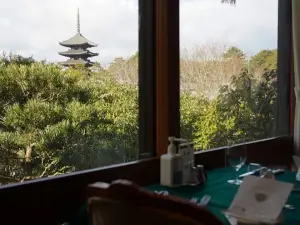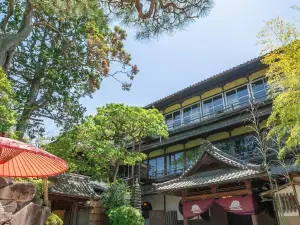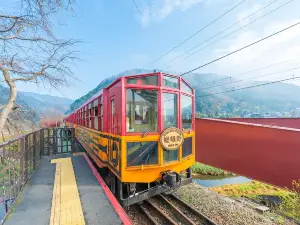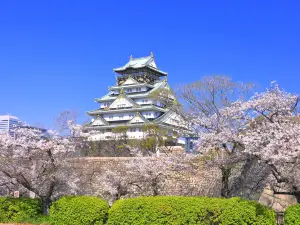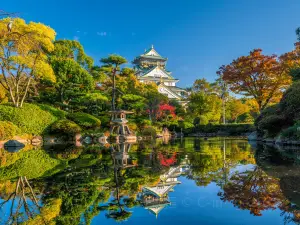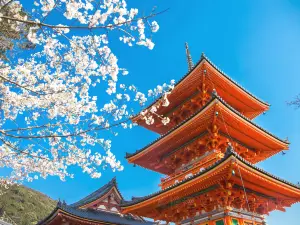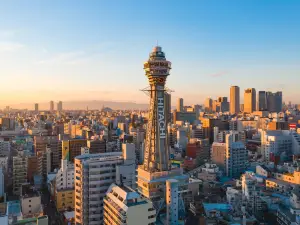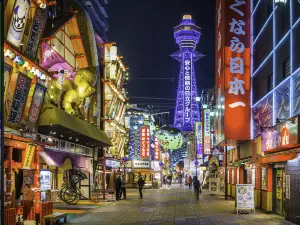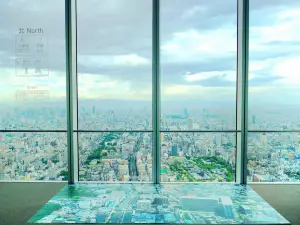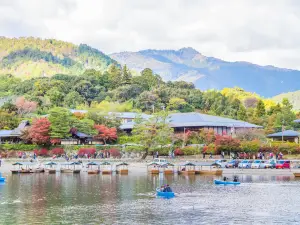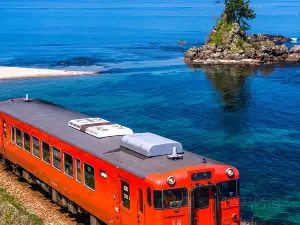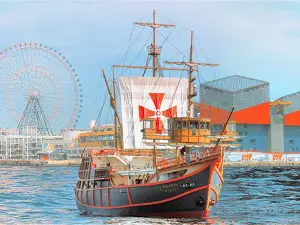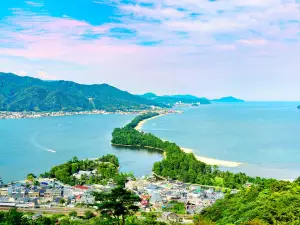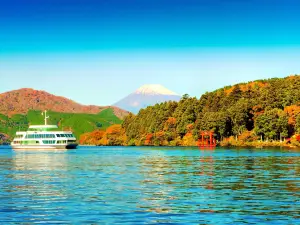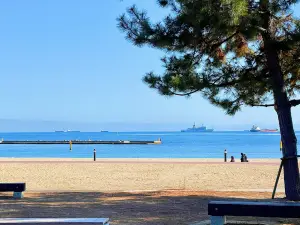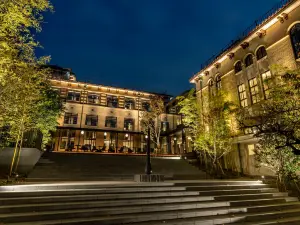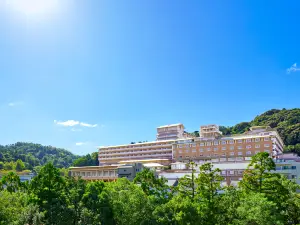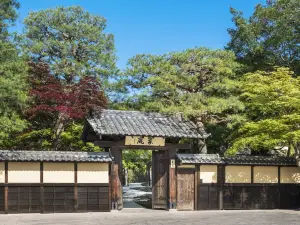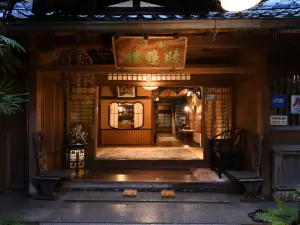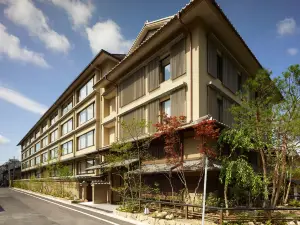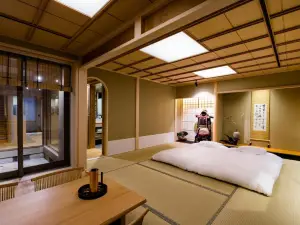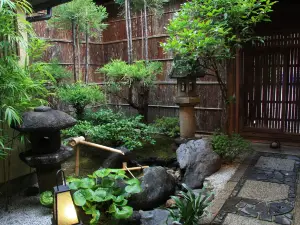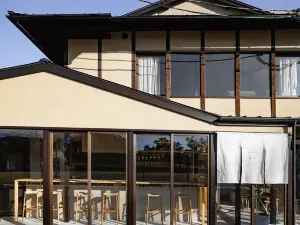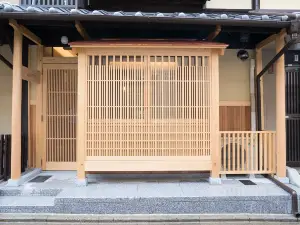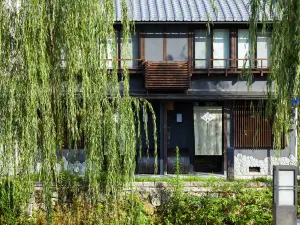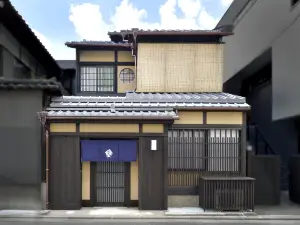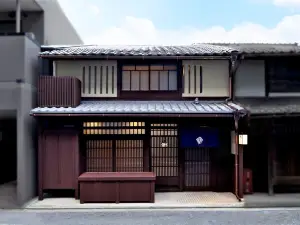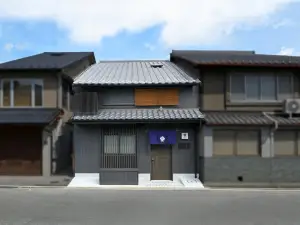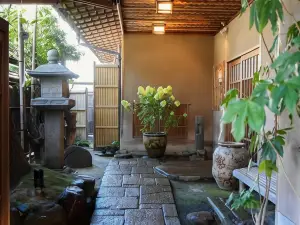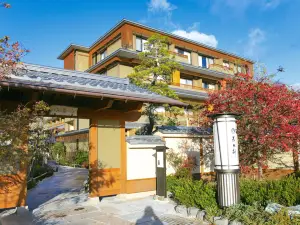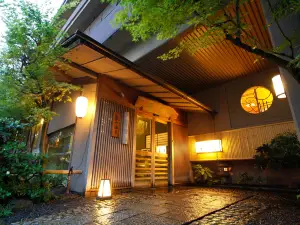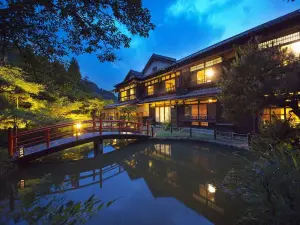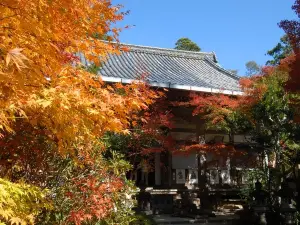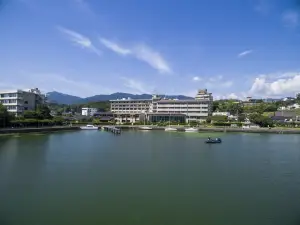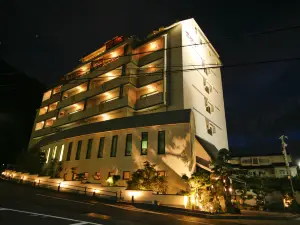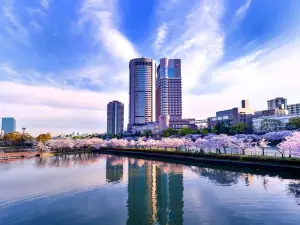Things to Do in Nara in 2025 - Top Attractions, Local Food, Hotels & Travel Tips (Updated July 2025) | Trip.com
About Nara
Recommended trip: 1–2 day(s)
Recommended trip: 1–2 day(s)Current Weather Conditions
Nara Local Experiences Map

Trending in Nara
Nara Local Travel Guide 2025
Nara Brief Guide
Nara, an ancient city older than Kyoto, evolved from a royal capital to a quaint town, retaining Edo-period traits. Landmarks like Tōdai-ji, Kohfukuji, and Toshodaiji Temples highlight its traditional essence. Kasugataisha hosts vibrant lantern and ‘monkey’ festivals each spring. Nara Park is known for its free-roaming sika deer, providing intimate wildlife encounters. Hiking up Wakayama Mountain offers stunning views of Nara. Despite fewer visitors than other cities, Nara's rich history and serene ambiance make it a compelling destination.
Nara Must-see Attractions
Nara is a city in Japan celebrated for its rich cultural heritage and natural beauty, featuring historic sites like the UNESCO World Heritage Sites of Todai-ji Temple with the world's largest bronze Buddha statue, the vermilion Kasugataisha shrine adorned with thousands of lanterns, the scenic Mount Wakakusa with panoramic views and the annual Yamayaki festival, and the influential Toshodaiji Temple, all set amidst the picturesque backdrop of Nara Park with its free-roaming sacred deer.
Nara Food Guide
Nara food encompasses the refined art of Kaiseki, the comforting tea rice porridge, the delicate Miwa somen noodles, and the uniquely preserved persimmon leaf sushi, each reflecting the region's culinary heritage and seasonal focus.
Nara Transportation
Nara's transportation network is well-connected, primarily served by its railway stations and long-distance bus services. JR Nara Station is a key hub for travelers, located within walking distance of the city's main attractions. It connects to the JR Nara Line, the Yamatoji Line, the Manyo Mahoroba Line, and the Gakkentoshi Line, offering access to various destinations within and outside Nara. Kintetsu-Nara Station is another major station, closer to Nara Park and central to the city's tourism. It is part of the Kintetsu Railway network, providing convenient connections to places like Osaka and Kyoto. Nara's long-distance bus services, operated by Nara Kotsu, connect the city to other major urban centers such as Tokyo, Shinjuku, Yokohama, and Nagoya. The bus terminals at JR Nara Station and Kintetsu-Nara Station are the main departure points for these services, which are an alternative for travelers not using the rail network.
Nara Where to Stay
Nara is a city that offers a unique blend of historical grandeur and natural beauty, with accommodation areas primarily centered around Nara Park and the two main train stations: JR Nara Station and Kintetsu-nara Station.
Nara Best Time To Visit
The best time to visit Nara is during the spring months of March to May, when the cherry blossoms create a picturesque setting, especially at the end of March or the beginning of April. Another optimal period is autumn, particularly in October and November, when the weather is pleasant and the fall foliage provides stunning scenery. These seasons offer a balance of beautiful natural landscapes and comfortable weather, making them ideal for exploring Nara's historical sites and interacting with the famous deer in Nara Park.
Nara Travel Tips
- When visiting Nara Park, only feed the deer with official Shika Senbei (deer crackers) sold by local vendors, as human food can harm them. - Be cautious around the deer in Nara Park, they are wild animals and can become aggressive, especially if they feel threatened or are teased. - Respect traffic safety around Nara Park, as deer may suddenly cross the roads, posing a risk to the animals and drivers. - Keep your belongings secure and avoid walking around with food in your hands, as the deer are known to snatch items, which can lead to accidents or injuries. - Be mindful of the ethical considerations surrounding animal tourism in Nara Park, and follow all local guidelines to ensure a respectful interaction with the deer. - Consider the timing of your visit, October and November offer beautiful autumn colors, while March to May showcases the cherry blossoms in full bloom. - If you plan to travel from Kyoto or Osaka, check train options and choose the most convenient station based on your location, as both Kintetsu and JR lines serve Nara.
Nara Useful Guide
Nara, a city steeped in history, is predominantly Japanese-speaking with unique local dialects, such as the Nara dialect, a 'cuter version' of Kansai dialect. While Japanese is the official language, English and other languages like Chinese and Korean are available for travelers. Translation apps and basic Japanese phrases can aid communication. Embrace gestures and polite phrases like "Sumimasen" (Excuse me) to overcome language barriers.
Trip.Best: Nara
Things to do in Nara
What to Do
Where to Stay
What to Eat
Nara Moments: Through Travelers' Eyes

Cherry Blossoms in Japan: Kyoto, Osaka, and Nara

🌸 Nara Park: Where Nature, History & Sacred Deer Meet 🇯🇵✨

Tsubosaka Temple, Japan

Chasing Sakura at Nara Park

One Day Trip to Nara: Exploring History, Nature, and Delicious Mochi

I thought the cherry blossoms at Osaka Castle were the pinnacle, until I went on this trip...

📍Day Trip from Osaka: Nara & Uji ✨

Prepare for 2025! Experience the Nara Yamayaki Festival Fireworks.
Best of Nara
Site Operator: Trip.com Travel Singapore Pte. Ltd.
